8 simple household items that many people don’t know how to use
Ever wondered why a wine bottle has a curved bottom? Or what does the number 57 mean on cans of Hines sauce? Today I will talk about this and 10 more things that many people are not aware of the correct use of.
The content of the article
Recess at the bottom of a wine bottle
Having turned over a wine vessel, a person will definitely notice a slight curvature. You might think that it is there only for beauty, but no. This recess is necessary so that the bottle does not burst when it is closed with a cork. It’s just that at this moment the pressure on the walls of the vessel is very high. And such a recess allows it to be evenly distributed. By the way, for sparkling wines it is somewhat deeper.
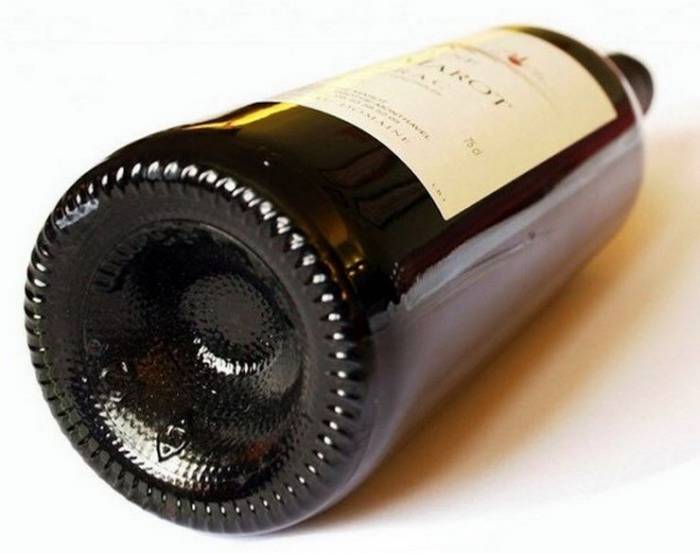
Hole in pen cap
Children go to school where they have to write a lot. Therefore, the office is primarily made for them. And small children love to put everything they see into their mouths. And there is a high probability that the baby will accidentally swallow the cap. But he definitely won't suffocate. And all thanks to the notorious hole. It was invented precisely for such cases. Many products for children have a similar protective mechanism. For example, lollipop sticks.
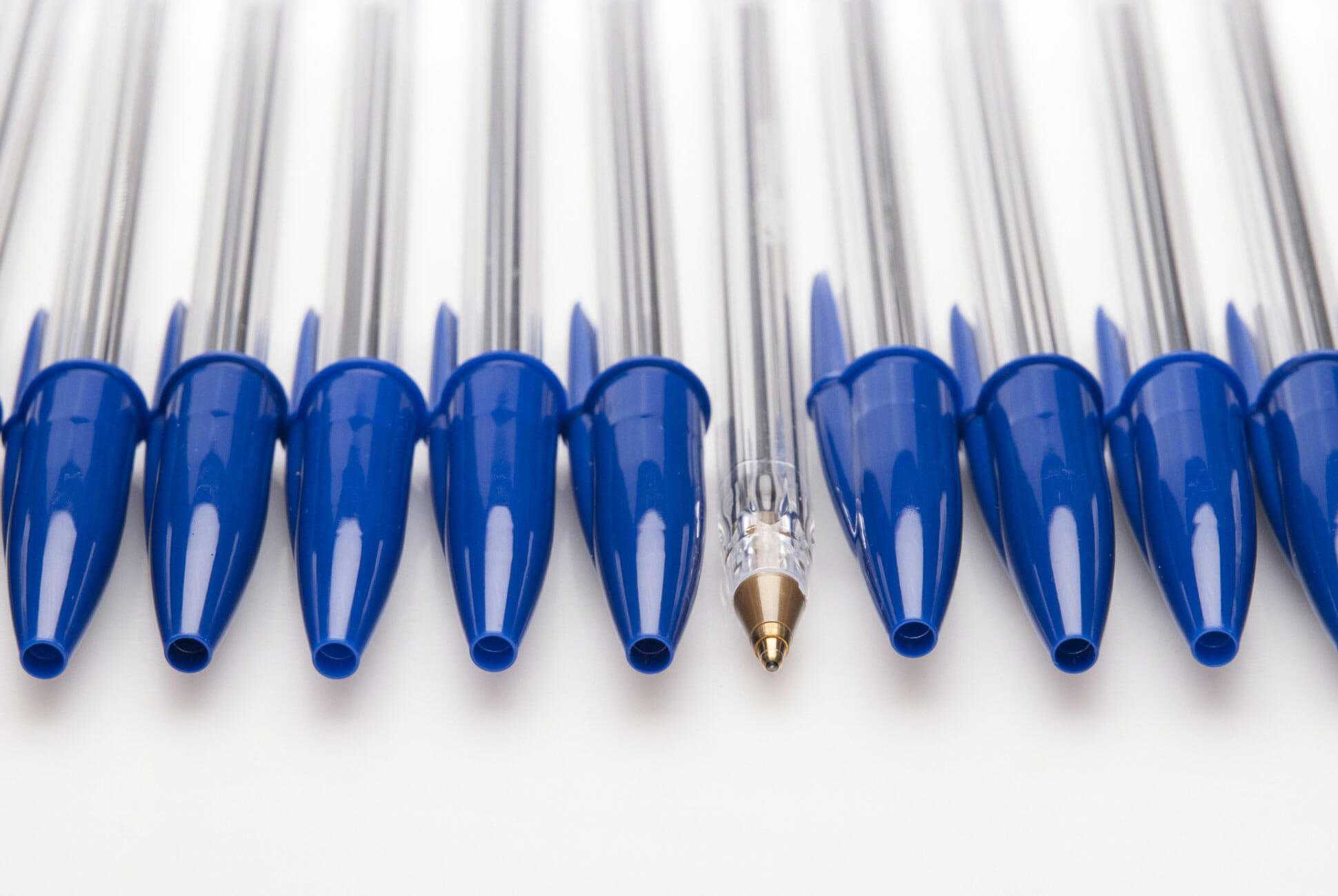
Arrows on trousers
Nowadays it is considered a decorative element. But before they were a necessity. More precisely, they appeared on their own. Began in the 19th century. The trousers were transported on ships to be sold in large quantities.And so that they took up less space, they were compressed. As a result, creases appeared that were impossible to get rid of.
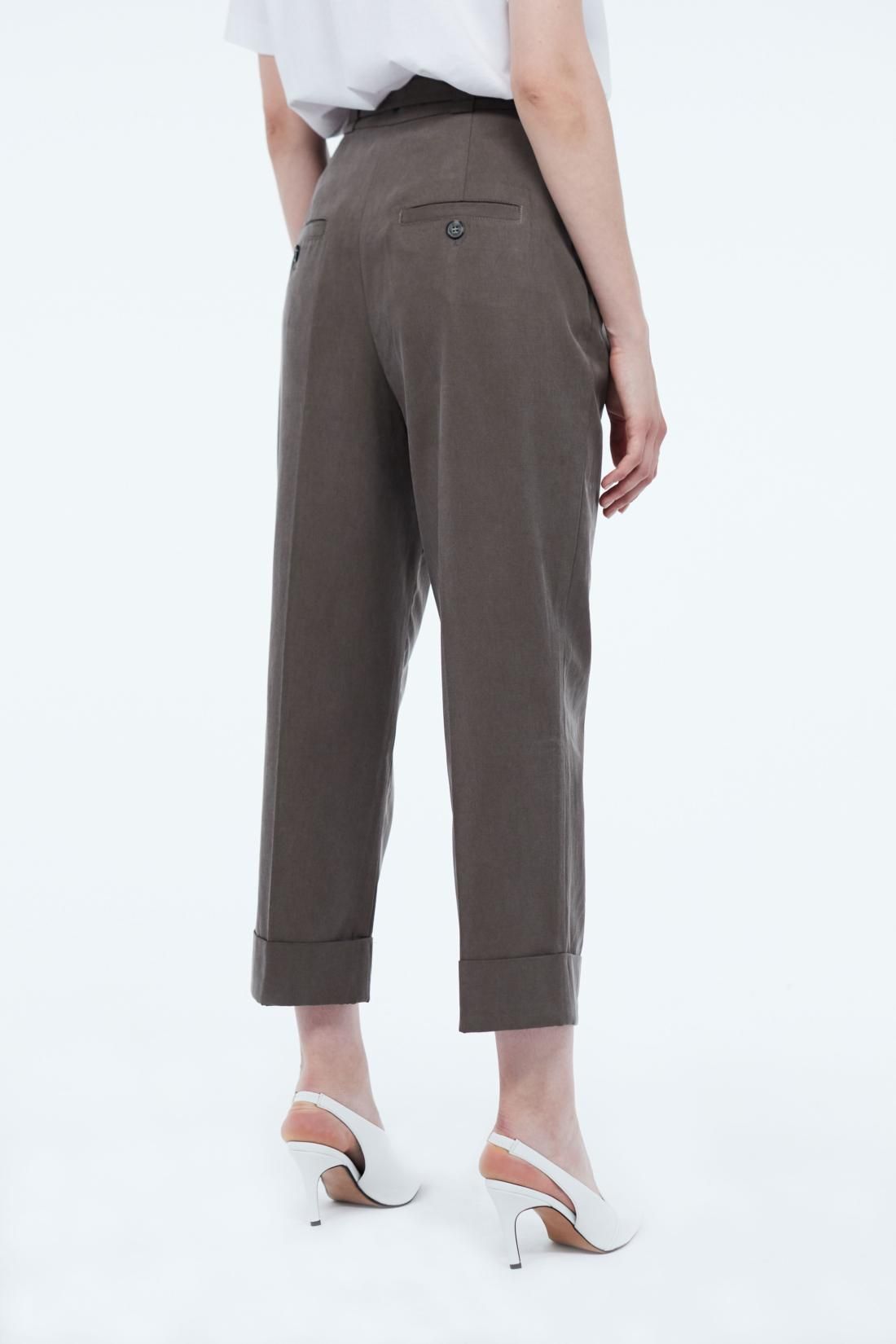
Number 57 on Heinz bottles
Everyone is used to associating numbers with advertising. And indeed, Hines built entire PR campaigns around this. The manufacturer is proud of its wide range: 57 different types.
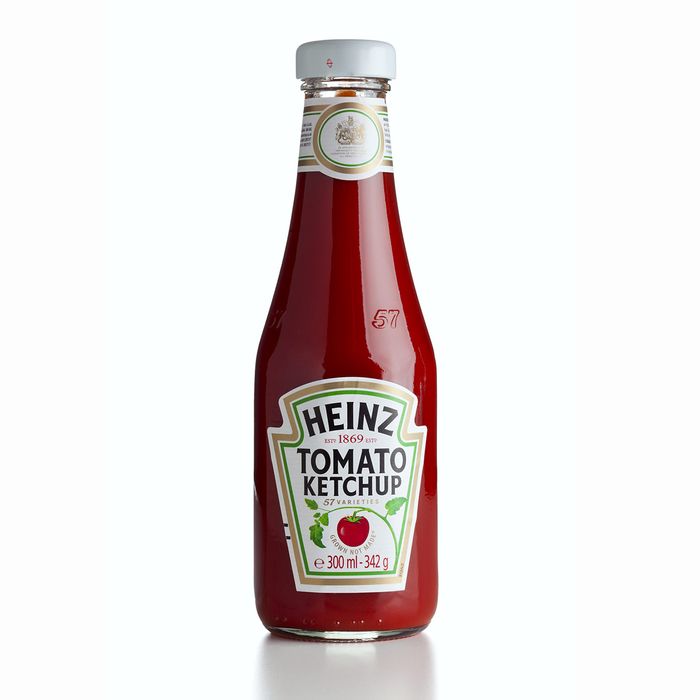
But the location of the numbers is by no means random. Ketchup in a bottle can get stuck. And to get it, you just need to hit the numbers a couple of times. The number 57 is positioned so that when tapped, ketchup flows.
Shirt collar button
Now this trend is becoming a thing of the past, so it’s difficult to find a thing with a button behind it, but it’s possible. And there are two options for its purpose.
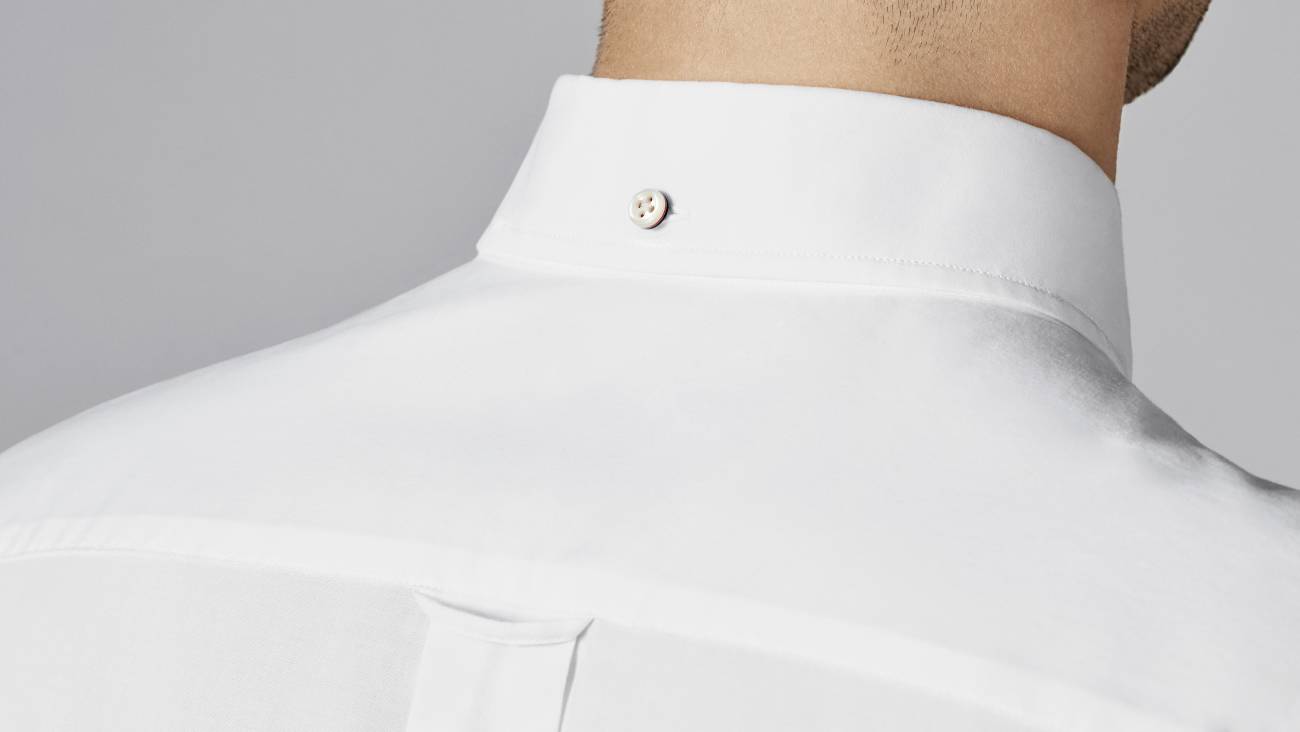
The first one is used to hang clothes. It happens that there are no hangers in the house, only a hook. And to prevent shirts from getting wrinkled, you should hang them on it. A button will help do this.
The second is to keep the tie from sticking out of the collar. But recently it performs only a decorative function. Narrow ties simply began to be produced noticeably less often.
Loops on shoes
You can find eyelets on the back of winter and autumn shoes. Intuitively, many people guessed to use them as a spoon. But this is only one of the purposes of this part.

Firstly, it can be used for lacing. If you pass it through the loop, the shoes will fit better. Then you can even play sports in it and not be afraid that the laces will come undone.
Secondly, it makes it easier to dry autumn shoes. You can easily hang it on the balcony or on a hook in the house. This will keep your shoes out of the way and dry faster.
Small hole with locks
Many people don't even know about its existence. But there is a small hole next to the key slot. It has two main purposes.
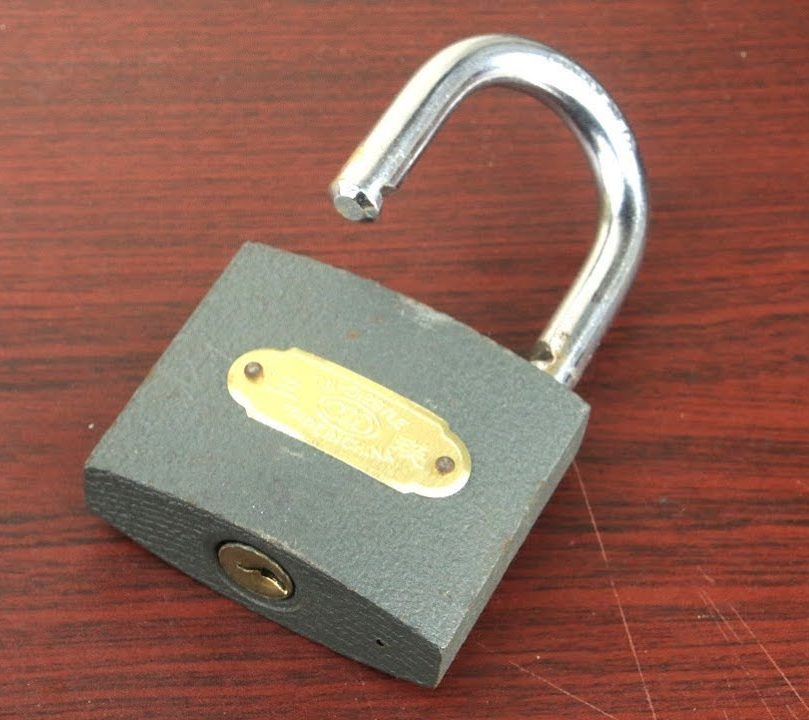
First, moisture accumulates inside the lock. And through this hole part of it pours out. As a result, it prevents rust and the lock lasts noticeably longer.
Secondly, in winter the mechanism freezes. Then he starts to seize. And through this hole you can pour oil into the lock to warm it. Then there will be no problems with opening.
Recesses on the stapler
If you look closely, you will notice four notches on many staplers. Moreover, they are located at different distances from each other.
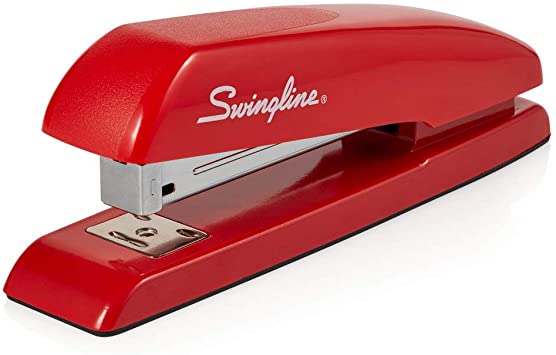
So this platform, on which the recesses are located, can be rotated. To do this, there is a button at the bottom that will raise it. And then you just need to rotate it 180 degrees. If in the end the platform does not fall into place, you should simply release the button.
After this ritual, the ends of the staples will be bent outward. This is needed to hold sheets together temporarily. Quite useful for people who often work with papers.
“And this deepening allows it to be evenly distributed. »
Whaaaat? That's what the Unified State Exam does!!!
Pressure in liquids and gases spreads evenly in all directions.So such “tricks” will NOT remove the pressure from the walls of the vessel.
And this deepening appeared due to the technological features of bottle production earlier, but they have taken root and now they allow for better sedimentation of the suspension. And regarding pressure, this plays a role only in bottles of sparkling wines, but even then, it is not at all for the distribution of pressure, but thicker glass is obtained in the fold, and the corners, as you know, are stress points in the material (the strength of the material is in your hands) and so that When aging such wines, the bottom did not break out under pressure, this place is thus strengthened.
Finally I found a person who knows what the recesses in wine bottles are for!!! Well done. Otherwise they talk nonsense and pretend to be experts!
The recess at the bottom of a wine bottle is designed so that you can clearly see the sediment that has fallen, which indicates the quality and naturalness of the wine.
I’ve never seen a button on a collar... I wonder how you can use it to hang a shirt on a hook:
The deposited sediment or tartar collects on the cork. After all, bottles in cellars lie at an angle with their necks down. So the author indicated everything correctly.
So you didn’t pass the Unified State Exam. If you make the bottom flat, the pressure on the bottom of the bottle will be greater than in other areas. And this pressure cannot be distributed in any way with a flat bottom. Most likely, such a bottom can be knocked out by pressure. The best solution would be to make the bottom convex outward. Then the pressure would be evenly distributed over all surfaces of the bottle. But then you can’t put the bottle on the table. We found a way out: make the bottom concave inward. Therefore, the depression in the bottom of a wine bottle has nothing to do with tartar or sediment.Look at the bottom of a beer or cola can. They also have a bottom concave inwards. Is it really for collecting sediment?
Right. The bottom configuration does not affect the pressure distribution. The pressure in the bottle presses evenly on all its surfaces. It affects the distribution of the load from this pressure.
5 is Haynes’s wife’s favorite number, 7 is his favorite, that’s all)
Here are the experts. The pressure in their bottles and cans...
Why didn’t the manufacturers of gas cylinders figure it out... And they continue to produce cylinders for nitrogen, oxygen, etc. with a convex bottom, and the pressure there can reach 150-170 atm. They definitely skipped the materials.
Well, and so on: with a flat bottom in the bottle, there is a rounding inside at the transition from the wall to the bottom, called a fillet, which removes the load from the stress concentrator. And the cone is what creates such a concentrator. And look carefully: bottles with a cone always have a thicker bottom, apparently just to be sure. Yes, and stupidly rips off the corks, the champagne in NG does not tear the bottom, but knocks out the cork.
About lame cans is not the topic at all, aluminum is a plastic material and the can stupidly blows, everyone has probably observed this.
Staples that bend outward hold more sheets.
Hmmm. The deepening of the bottom of the bottle, called punt, was originally a result of the production of glass bottles. Glassblowers did not know how to make a perfectly flat bottom and adjusted the stability of the bottle using the very recess that was obtained from molten glass inserted into the bottom. This is one time.
Two. Tartar is the sediment that settles on the punta when pouring wine.
Three. This is really the distribution of pressure in a bottle of champagne, no matter how hysterical the physicists are.
Four.The punt was used by waiters to pour wine into glasses by grasping the bottom of the bottle with their thumb. This is some kind of foppishness.
Five. Previously, the punt was used for the convenience of transporting bottles and the neck with the cork of another bottle was inserted into it to fix it. This was before the advent of special boxes and boxes.
About the button. Oxford shirt collars are still made with a third button on the back. It is not only for the convenience of fixing a regular tie, but also for a bow tie with an elastic band. No one hangs shirts by this button; if there are no hangers, then they hang them by a loop that is sewn into the yoke of the shirt.
Damn, how much controversy was caused by some punt of wine bottles that did not pretend to be a genius. Just such a battle - dear mother!
So that's it. Let's listen here. Punt, guys, does not in any way distribute the pressure of gases in the bottle; it is not an arched vault in a room or the arched supports of Roman aqueducts. Punt doesn't fight a damn thing in the sediment. Today's punt, guys and girls, is nothing more than a tribute to tradition. At one time, wine-producing countries transported their products to non-wine-producing countries by horse-drawn vehicles along very crappy dirt roads. To minimize losses due to the breakage of glass containers, the bottles were stacked, as it were, one inside the other, so that along the way they would not roll around in the cart and so that no container (box) would be required in order to save space and reduce the gross cargo. Thus, on the bottom of the horse-drawn cart, lined with shock-protector (banal hay), bottles were laid one inside the other close to the ends, boards were placed on top of one layer, lined with hay, bottles were laid again... up to the height of the sides.The punt has never had any other purpose. Today, the punt has practically lost its original purpose; today it is simply a traditional form of a branded wine bottle.
And the “punt” is also needed to visually increase the external volume of the bottle while reducing the actual internal volume. It's just like packing something tiny into a huge box. It creates the appearance of a major purchase.
In winter, padlocks are heated with an open fire (a paper torch, a lighter, a can with a burner), but definitely not with oil. I can’t imagine how to pour hot oil into that hole...
It's funny that the question about the shape of the bottom of a wine bottle got so many comments. It seems to me that it has little to do with the pressure inside the bottle. After all, if the pressure inside a bottle of good sparkling wine is usually above 3.5 atm. (at 20 degrees), and in a bottle of champagne it can reach 6 atmospheres, then in a bottle of still wine it is approximately equal to atmospheric or even slightly lower. There is no danger that this pressure will rupture the bottle, and the bottom is usually convex - at least in standard and heavy bottles that are used for bottling not the cheapest wines.
Exactly, purely marketing.
I remember well that in Soviet times the bottom of wine bottles was almost flat - but now there is a recess of as much as 5 cm.
Nonsense about Chupa Chups. This is necessary to secure it on a stick, otherwise it would just fall off it))
The tube in the chups is made to save material. And swallowing it is problematic.
A thick bottom is required for better stability of the bottle.The punt simply adds weight, since previously the bottles were crooked (handmade) and did not fall. This is where the saying “THE TRUTH lies at the bottom of the bottle” comes from.
The inwardly curved bottom allows you to reduce the internal volume while maintaining the external dimensions of the bottle.
In other words, visually the bottle looks the same as usual, but there is slightly less product inside than in the same bottle, but with a flat bottom. When produced on an industrial scale, more bottles are filled from the same volume.
This is marketing and physics has nothing to do with it.




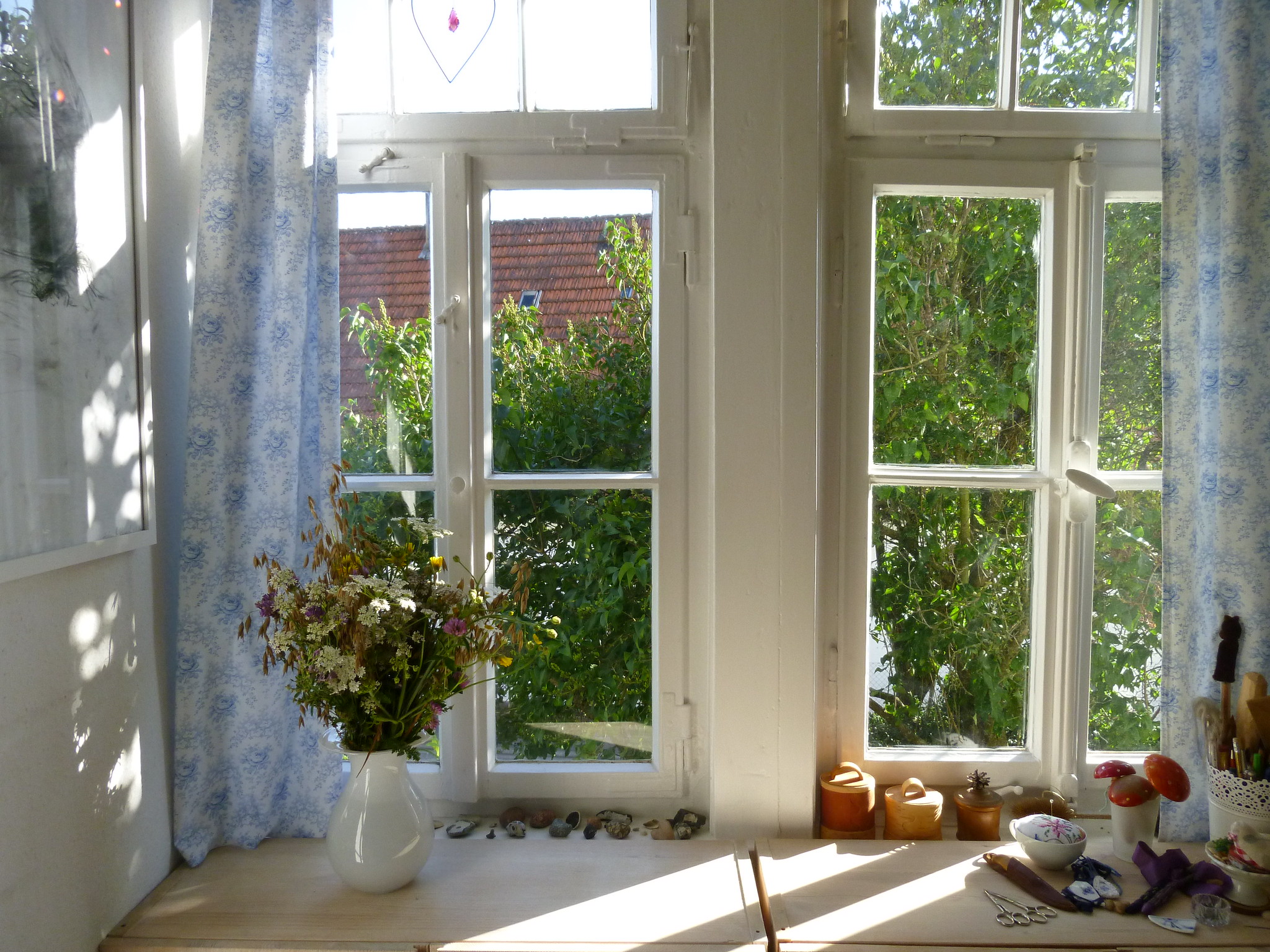

The configuration of the bottom has NO influence on the distribution of pressure inside the bottle (physics 6-7 grades), it’s just that spherical bodies are more resistant to external influences than any other shapes. Some bottle manufacturers don't bother with such subtleties, but simply make the bottom of the bottle thicker so that it does not vomit under pressure.
And the button is a spare one; it has no other functions.